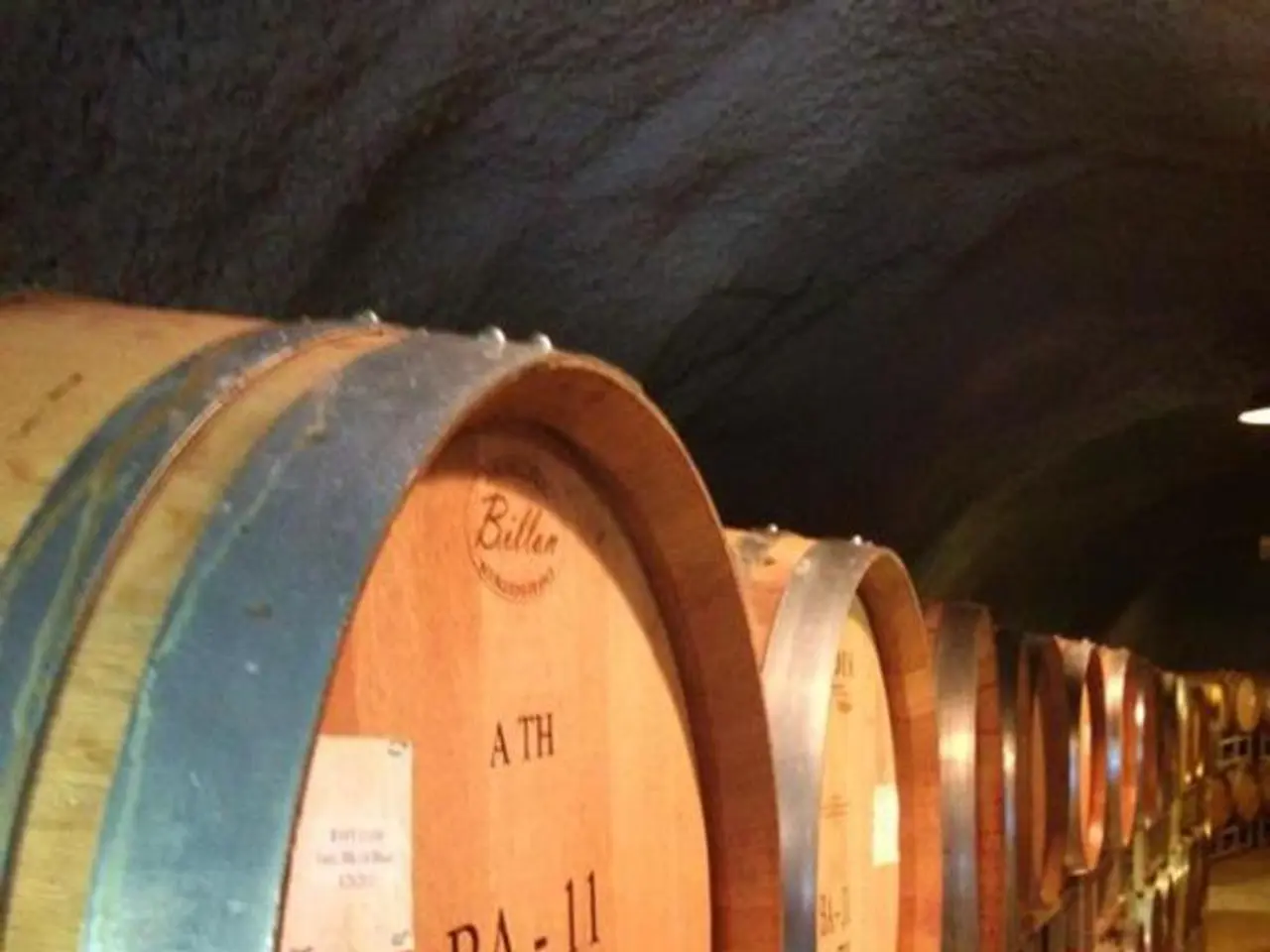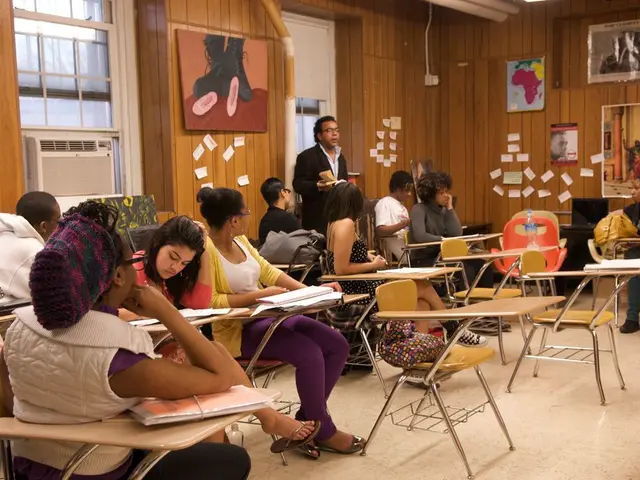Report on expenses for tunneling approach adopted in Santa Clara VTA's second project phase of the BART Silicon Valley expansion
The Santa Clara Valley Transportation Authority (VTA) has released a cost report analyzing the twin bore tunneling method for the BART Silicon Valley Phase II (BSVII) Project. This ambitious project aims to extend Bay Area Rapid Transit service six miles from the Berryessa/North San José Station through downtown San José to Santa Clara, Calif.
The analysis report, available on Santa Clara VTA's website, reveals that the single-bore tunnel approach is significantly more cost-effective and less disruptive compared to the twin-bore approach. The single-bore method is projected to save at least $600 million and helps ensure the project's completion by 2037.
The twin-bore design, on the other hand, was found to be "monumentally expensive and time-consuming," potentially causing years of delay to the project. Switching back to a twin-bore design would require restarting environmental reviews, redoing engineering work, and purchasing new equipment, further increasing costs and risks.
In comparison, the single-bore method minimizes surface disruption since it involves drilling a deep underground tunnel rather than using the cut-and-cover method, which would require extensive street closures and utility relocations under the twin-bore plan.
Transit officials and VTA leadership strongly favor the single-bore method as the most efficient, cost-effective, and community-friendly choice to extend BART through downtown San Jose. The BSVII Project's analysis report was commissioned as part of the agency's ongoing commitment to provide accurate, data-driven information.
Santa Clara VTA General Manager and CEO Carolyn Gonot stated that the report underscores that the single bore approach remains the most cost-effective method to bring BART service into the heart of Silicon Valley. Gonot also stated that the report validates the strategic decisions that are moving the BSVII Project forward.
The BSVII Project is one of the largest infrastructure projects in California and the country. It is a vital link in the Bay Area's regional transit network, and the Santa Clara VTA Board of Directors and the community have consistently supported the project. The agency has been pursuing cost containment and cost avoidance strategies to keep BSVII on schedule and on budget.
Tom Maguire, Santa Clara VTA Chief Megaprojects Delivery Officer, stated that the report gives a clear picture of the costs involved with a twin bore tunnel and reinforces why the single bore approach remains the best choice for this project. The newly released report focuses exclusively on the twin bore method.
The BSVII Project analysis took longer than expected, but it provides a clear and transparent look at the costs associated solely with the twin bore approach. The report was developed in response to questions raised by the Santa Clara VTA Board of Directors.
[1] Santa Clara VTA Press Release, "Single-Bore Tunnel Approach Emerges as Preferred Option for BART Silicon Valley Phase II Project," link
[2] San Jose Mercury News, "BART Silicon Valley Phase II Project Analysis Shows Single-Bore Tunnel is Cost-Effective," link
[3] NBC Bay Area, "BART Silicon Valley Phase II Project Analysis Reveals Single-Bore Tunnel is Preferred," link
- The analysis report for the BART Silicon Valley Phase II Project, commissioned by the Santa Clara Valley Transportation Authority (VTA), highlights a significant cost advantage of the single-bore tunnel method over the twin-bore approach, with savings projected to reach at least $600 million.
- The rail transportation industry is closely monitoring the BART Silicon Valley Phase II (BSVII) Project, with many recognizing the potential benefits of the single-bore method, including reduced costs, less disruption to public-transit service, and expedited project completion.
- Finance experts are advocating for the implementation of the single-bore method in the BSVII Project, as this choice is projected to save millions, protect the project's budget, and ensure the project's timely completion, thus bolstering the regional transit network's infrastructure and economy.




